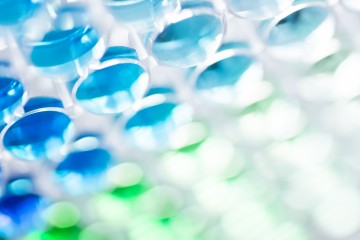Project grant
The development of a cell-based diabetic wound bioassay

At a glance
Completed
Award date
March 2006 - February 2009
Grant amount
£234,641
Principal investigator
Professor David Thomas
Co-investigator(s)
- Professor David Kipling
- Dr Phil Stephens
Institute
Cardiff University
R
- Replacement
